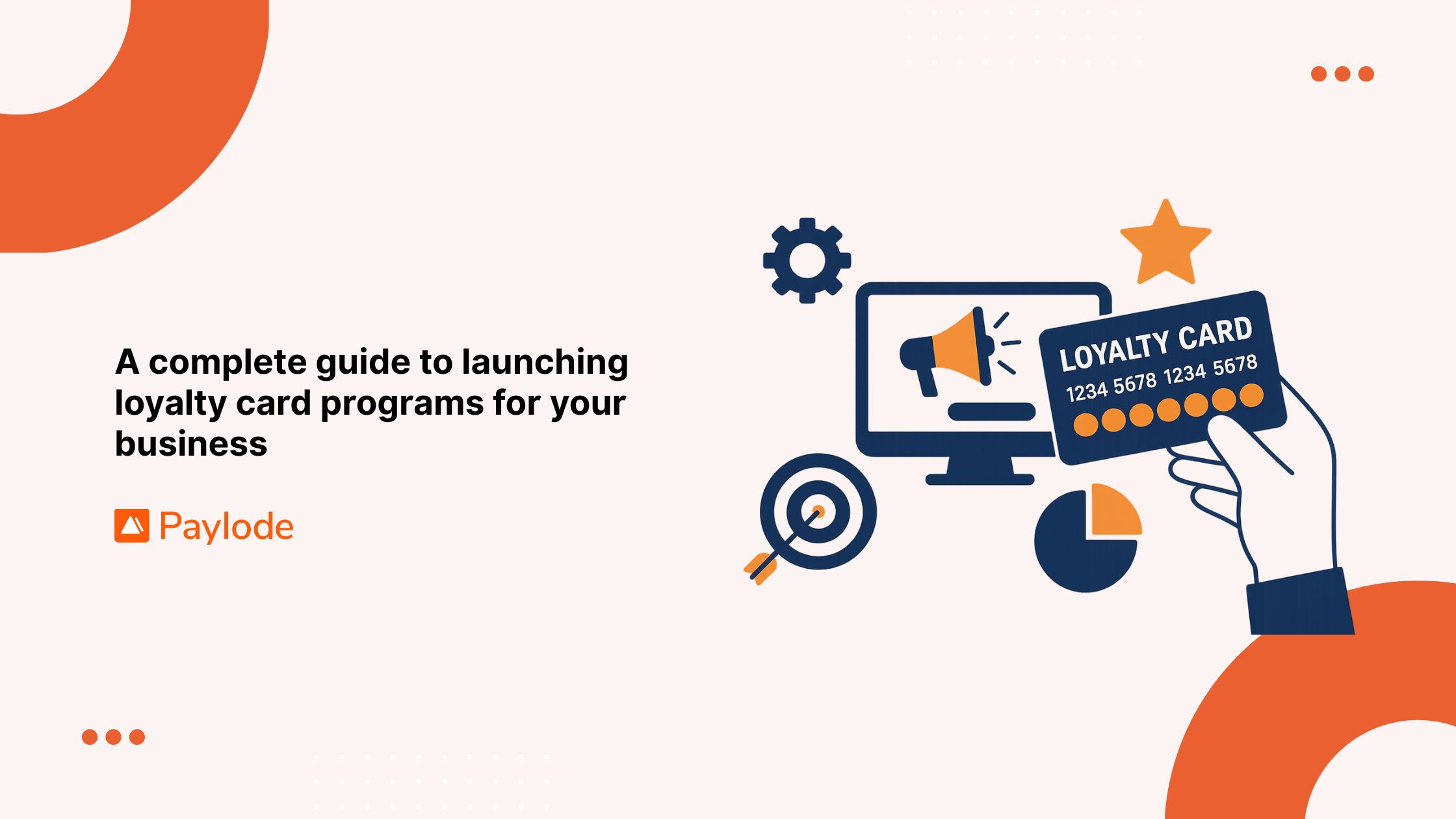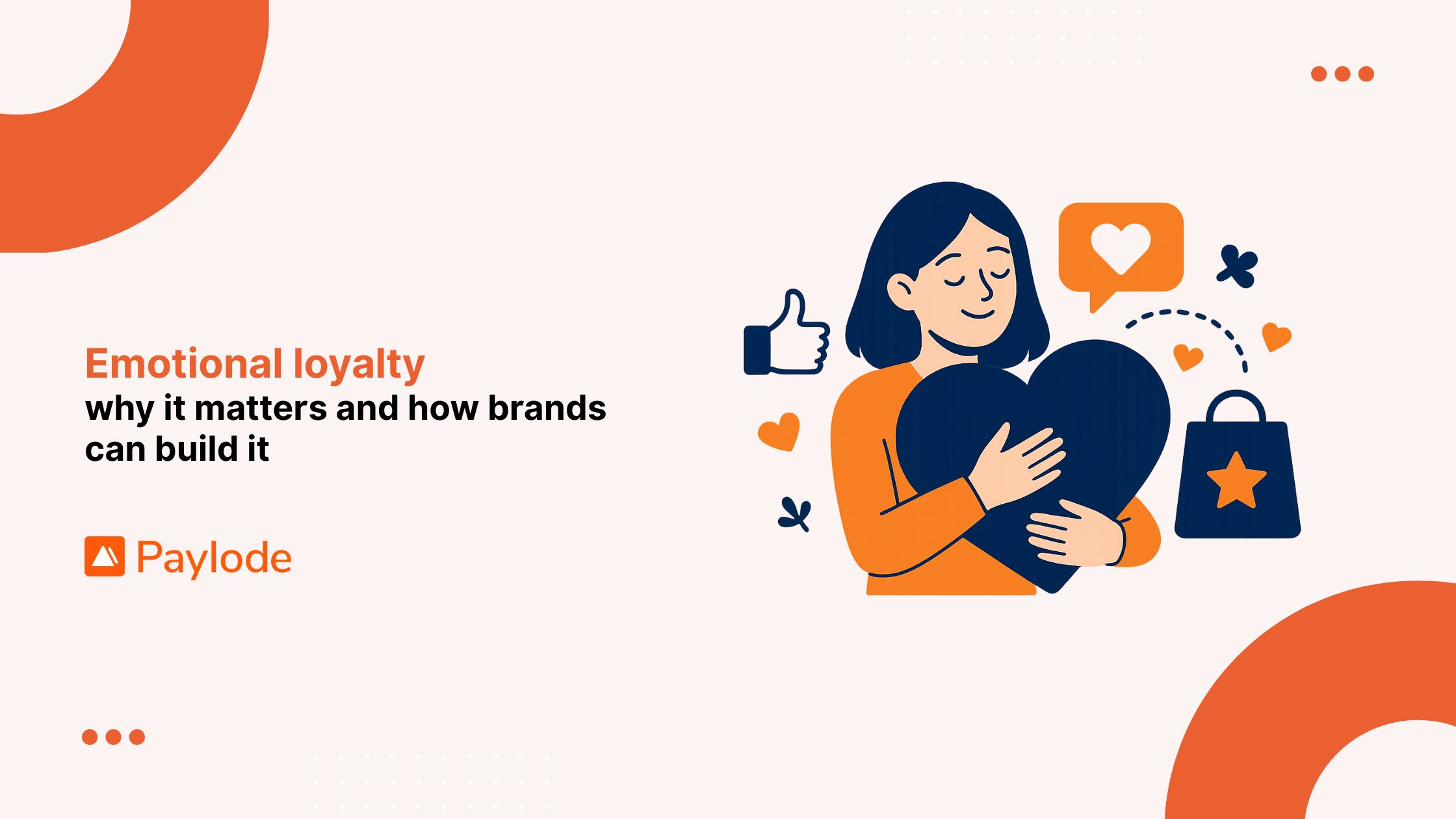In the competitive landscape of digital marketing, enhancing conversion rates is a paramount objective for businesses. Conversion rates, the percentage of visitors who complete a desired action, are a critical metric for gauging the success of online marketing efforts. This article will delve into comprehensive strategies to enhance conversion rates, focusing on best practices and methodologies that can drive significant improvements.
Key Takeaways
- Utilize incentives effectively: Leveraging perks and incentives can significantly boost conversion rates.
- Optimize user experience: Reducing clicks and streamlining the user journey enhances conversion probability.
- Foster customer loyalty: Building strong customer relationships can lead to sustained conversion improvements.
Understanding Conversion Rates
Before diving into strategies, it's essential to understand what conversion rates represent. A conversion can be any desired action that a business wants its visitors to take, such as making a purchase, signing up for a newsletter, or filling out a contact form. The conversion rate is calculated by dividing the number of conversions by the total number of visitors and multiplying by 100 to get a percentage.
For example, if an e-commerce site has 500 visitors and 50 of them make a purchase, the conversion rate is (50/500) * 100 = 10%.
Leveraging Incentives to Boost Conversions
One effective strategy to increase conversion rates is to use incentives. Incentives can be discounts, free trials, free shipping, or any other perks that provide additional value to the customer. According to Paylode's article on using perks to increase conversion rates, offering incentives can create a sense of urgency and encourage visitors to take the desired action.
Types of Incentives
- Discounts and Promotions: Offering limited-time discounts can prompt visitors to make quicker purchasing decisions.
- Free Trials: Allowing potential customers to try a product or service for free can reduce the perceived risk and encourage them to commit.
- Loyalty Programs: Implementing a loyalty program can incentivize repeat purchases and foster long-term customer relationships.
Optimizing User Experience
User experience (UX) plays a critical role in conversion rates. A seamless, intuitive, and enjoyable user experience can significantly increase the likelihood of conversions. One key aspect of UX optimization is reducing the number of clicks required to complete a desired action. As discussed in Paylode's insights on reducing clicks, streamlining the user journey can lead to higher conversion rates.
Best Practices for UX Optimization
- Simplify Navigation: Ensure that your website is easy to navigate, with clear menus and a logical structure.
- Improve Page Load Speed: Fast-loading pages can reduce bounce rates and keep visitors engaged.
- Mobile Optimization: With an increasing number of users browsing on mobile devices, it's crucial to have a mobile-friendly website.
Building Customer Loyalty
Customer loyalty is another crucial factor in enhancing conversion rates. Loyal customers are more likely to make repeat purchases and recommend your business to others. According to Paylode's guide on building online business customer loyalty, fostering strong relationships with customers can lead to sustained conversion improvements.
Strategies for Building Customer Loyalty
- Personalized Communication: Tailor your communication to meet the individual needs and preferences of your customers.
- Excellent Customer Service: Providing exceptional customer service can turn one-time buyers into loyal customers.
- Engage Through Social Media: Use social media platforms to interact with your customers and build a community around your brand.
Analyzing and Testing
To continuously improve conversion rates, it's essential to analyze data and test different strategies. A/B testing, also known as split testing, is a method where two versions of a webpage or campaign are compared to see which one performs better. By experimenting with different elements, such as headlines, images, and calls to action, businesses can identify what works best for their audience.
Tools for Analyzing and Testing
- Google Analytics: Provides insights into user behavior and website performance.
- Hotjar: Offers heatmaps and session recordings to understand how users interact with your site.
- Optimizely: A platform for A/B testing and experimentation.
Creating Compelling Content
Content is a powerful tool for driving conversions. High-quality, relevant content can attract visitors, engage them, and persuade them to take action. Content marketing strategies, such as blogging, video marketing, and social media posts, can help build trust and authority in your niche.
Tips for Creating Compelling Content
- Know Your Audience: Understand the needs and preferences of your target audience to create content that resonates with them.
- Use Strong Calls to Action: Encourage visitors to take the desired action with clear and compelling calls to action.
- Leverage Visuals: Use images, videos, and infographics to make your content more engaging and shareable.
Utilizing Social Proof
Social proof, the concept that people are influenced by the actions and opinions of others, can significantly impact conversion rates. Testimonials, reviews, and case studies can build trust and credibility, making potential customers more likely to convert.
Types of Social Proof
- Customer Testimonials: Positive feedback from satisfied customers can reassure potential buyers.
- Product Reviews: Displaying product reviews and ratings can help visitors make informed decisions.
- Case Studies: Detailed case studies showcasing successful use cases of your product or service can demonstrate its value.
Implementing Retargeting Campaigns
Retargeting, also known as remarketing, involves targeting visitors who have previously interacted with your website but did not convert. By displaying relevant ads to these visitors as they browse other sites, businesses can remind them of their initial interest and encourage them to return and complete the desired action.
Best Practices for Retargeting
- Segment Your Audience: Create targeted ads for different segments of your audience based on their behavior and interests.
- Use Dynamic Ads: Display ads that feature the specific products or services that visitors viewed on your site.
- Set Frequency Caps: Avoid overwhelming your audience with too many ads by setting frequency caps.
FAQs about enhancing conversion rates
What are conversion rates?
Conversion rates represent the percentage of visitors who complete a desired action on a website, such as making a purchase or signing up for a newsletter.
How can incentives boost conversion rates?
Incentives like discounts, free trials, and loyalty programs provide additional value to customers, encouraging them to take the desired action and increasing conversion rates.
Why is user experience important for conversion rates?
A seamless and intuitive user experience reduces friction in the customer journey, making it easier for visitors to complete desired actions and increasing the likelihood of conversions.
How can I build customer loyalty?
Building customer loyalty involves personalized communication, excellent customer service, and engaging with customers through social media to foster strong, long-term relationships.
What is A/B testing?
A/B testing, or split testing, is a method where two versions of a webpage or campaign are compared to determine which one performs better, allowing businesses to optimize their strategies for higher conversion rates.
How does social proof influence conversions?
Social proof, such as testimonials, reviews, and case studies, builds trust and credibility, making potential customers more likely to convert based on the positive experiences of others.
Related Articles
- Increase Conversion Rates with IncentivesHandshake
- Increase your Ecommerce Store's Conversion Rate
- Reducing Clicks: Does it Mean More Conversions?
- Build Online Business Customer Loyalty: Here's How
- Incentivize and Influence Customer Behavior with Paylode
By implementing these comprehensive strategies and best practices, businesses can significantly enhance their conversion rates, driving growth and success in the digital marketplace.



